13 Cooking Methods That Make Everything Taste Better
Transform ordinary ingredients into extraordinary dishes with these essential cooking techniques that bring out the best in every bite.
- Chris Graciano
- 4 min read
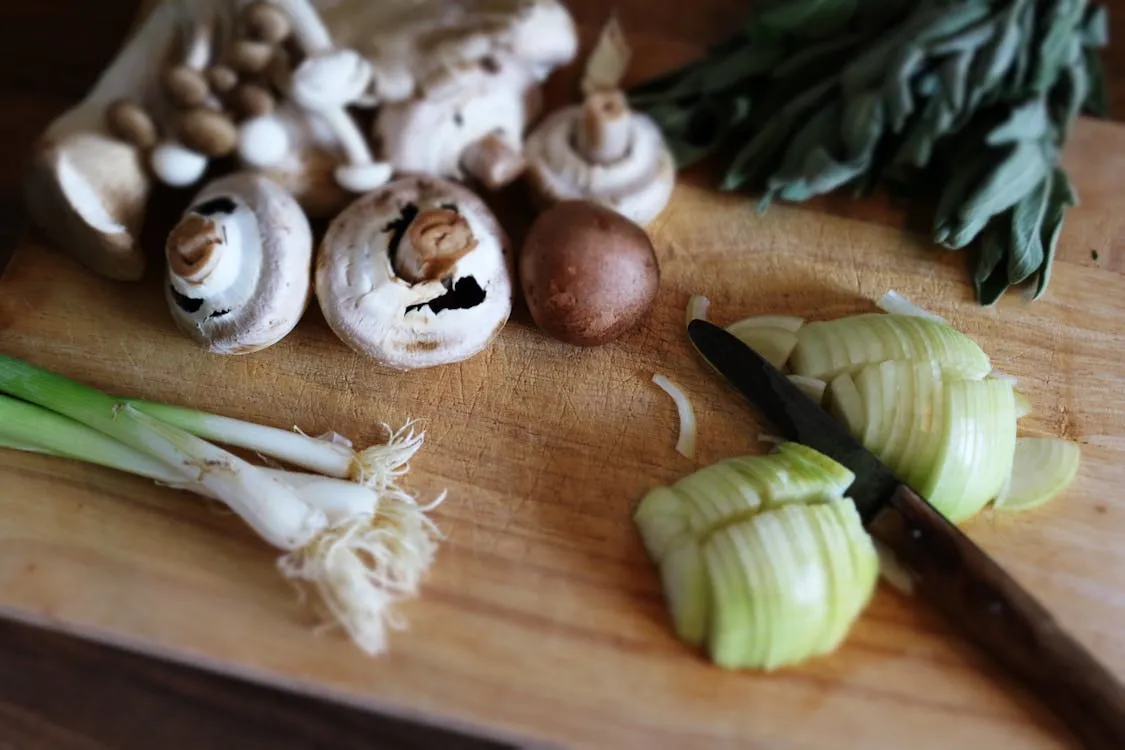
Cooking isn’t just about ingredients. It’s also how you prepare them. This listicle features 13 techniques to enhance flavor, texture, and aroma. Learn how these methods can elevate everyday dishes and make your cooking unforgettable, from caramelizing to sous vide.
1. Roasting for Depth of Flavor
 Jan Kopřiva on Unsplash
Jan Kopřiva on Unsplash
Roasting uses dry heat to intensify the natural sweetness and add a golden-brown finish. Whether vegetables, meats, or nuts are used, the caramelization achieved during roasting creates rich, complex flavors. A hot oven and a little oil are all you need to master this versatile technique.
2. Searing for a Flavorful Crust
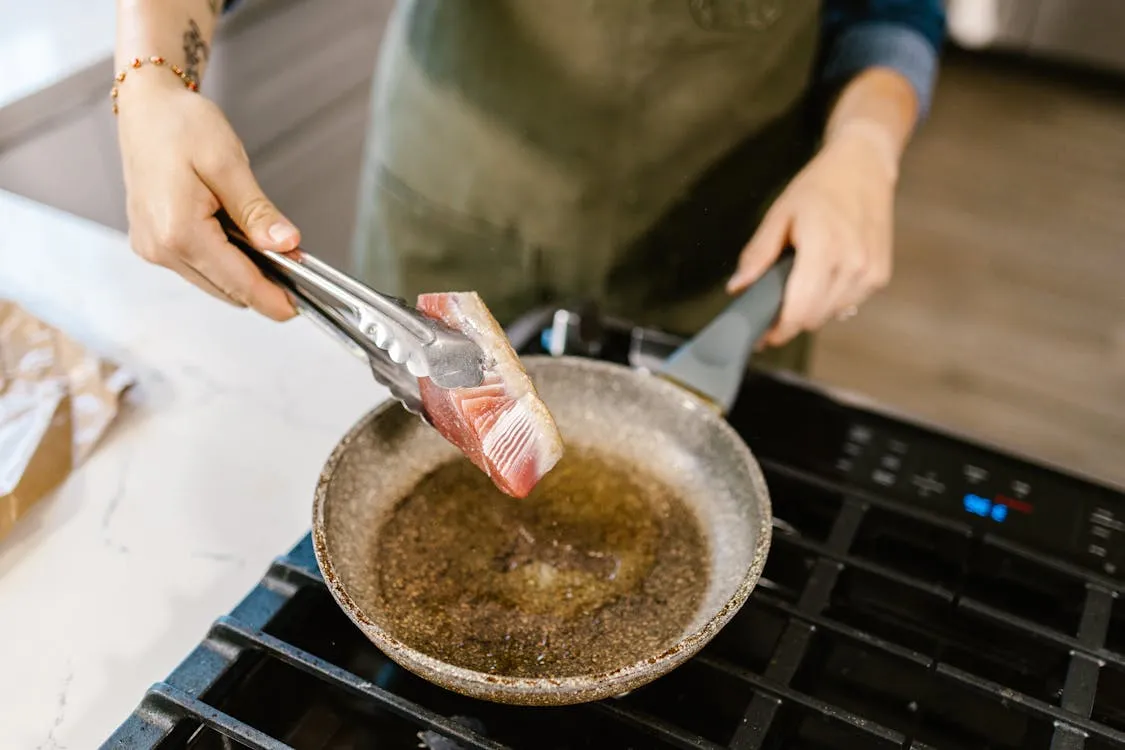 RDNE Stock project on Pexels
RDNE Stock project on Pexels
Searing locks in juices and creates a savory, flavorful crust. Use a hot pan, pat ingredients dry, and avoid overcrowding for best results. This method works wonders for steaks, seafood, and vegetables like cauliflower.
3. Braising for Tenderness
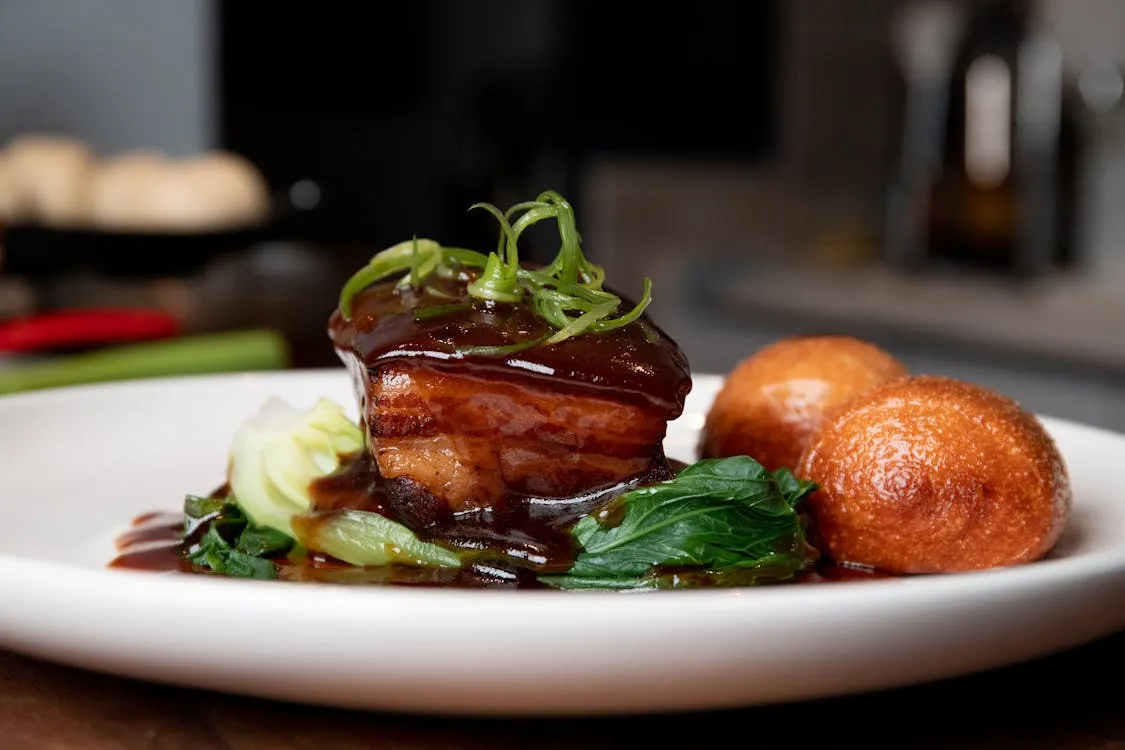 AMANDA LIM on Pexels
AMANDA LIM on Pexels
Food is braised by slowly cooking it in a delicious sauce. You cook the meat until it is soft and melts in your mouth. It’s a gradual process that adds a deep taste to food. Braising is great for preparing dishes like short ribs, coq au vin, and pot roast.
4. Grilling for Smoky Goodness
 Mateusz Dach on Pexels
Mateusz Dach on Pexels
The char and smoke from grilling give food an irresistible flavor that’s hard to replicate. Grilling vegetables and meat brings out natural juices while adding a touch of outdoor magic. Remember to preheat the grill.
5. Sous Vide for Precision Cooking
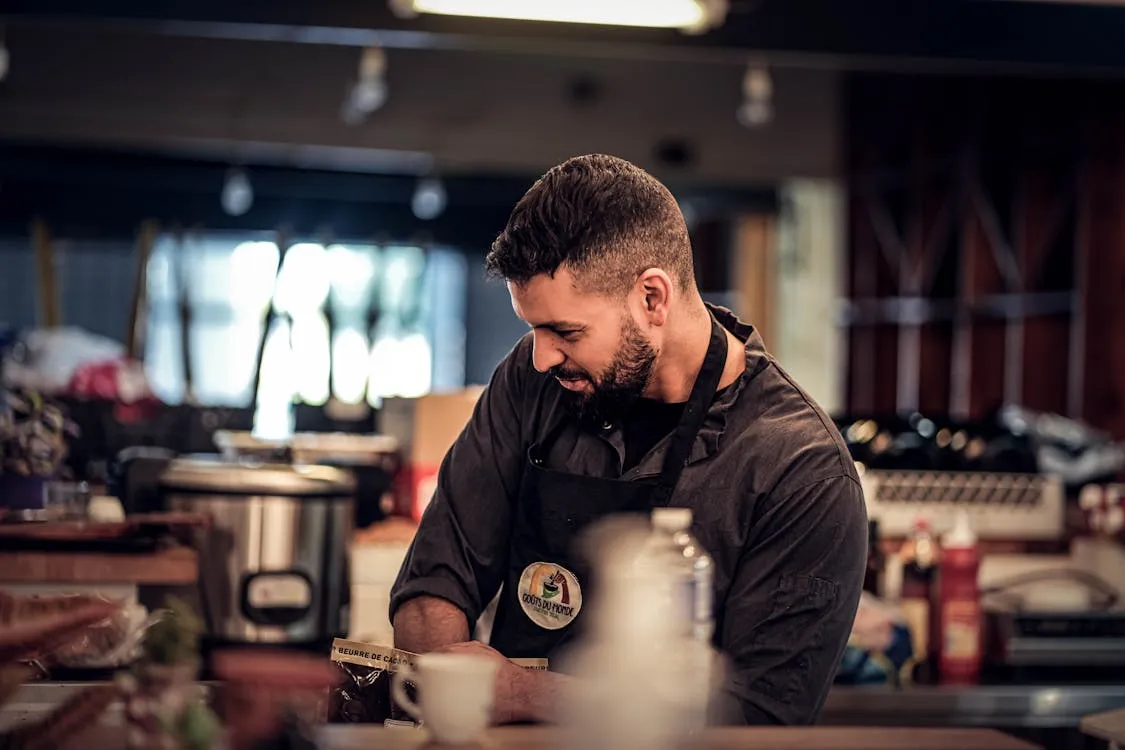 Nabil Barry on Pexels
Nabil Barry on Pexels
Sous vide involves cooking food in a vacuum-sealed bag. Place the ingredients in a pot of warm water. This procedure produces uniformly cooked meat with exquisitely tender results. It’s perfect for delicate foods like fish and making restaurant-quality steaks at home.
6. Poaching for Gentle Cooking
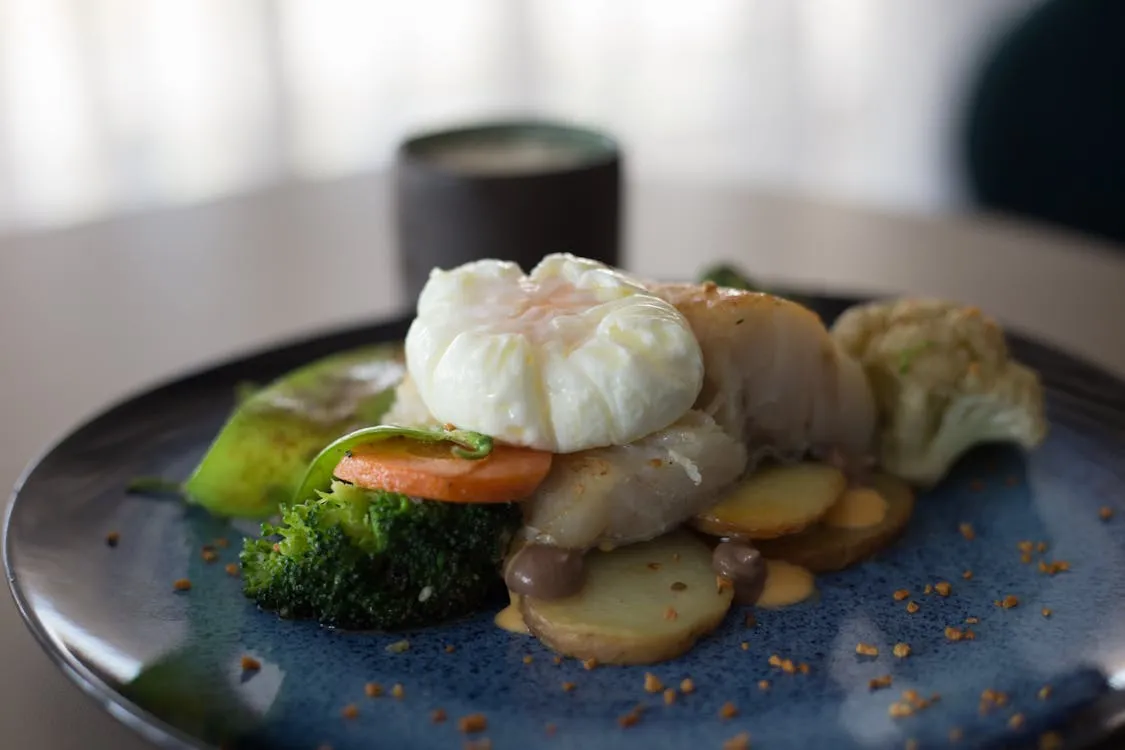 Fernanda da Silva Lopes on Pexels
Fernanda da Silva Lopes on Pexels
Poaching is a low-heat method that gently cooks food in water, preserving its delicate texture. It is perfect for cooking eggs, fish, or fruits because it ensures moist, tender results. Put aromatics like herbs or spices in the water for an added boost.
7. Stir-Frying for Quick and Flavorful Meals
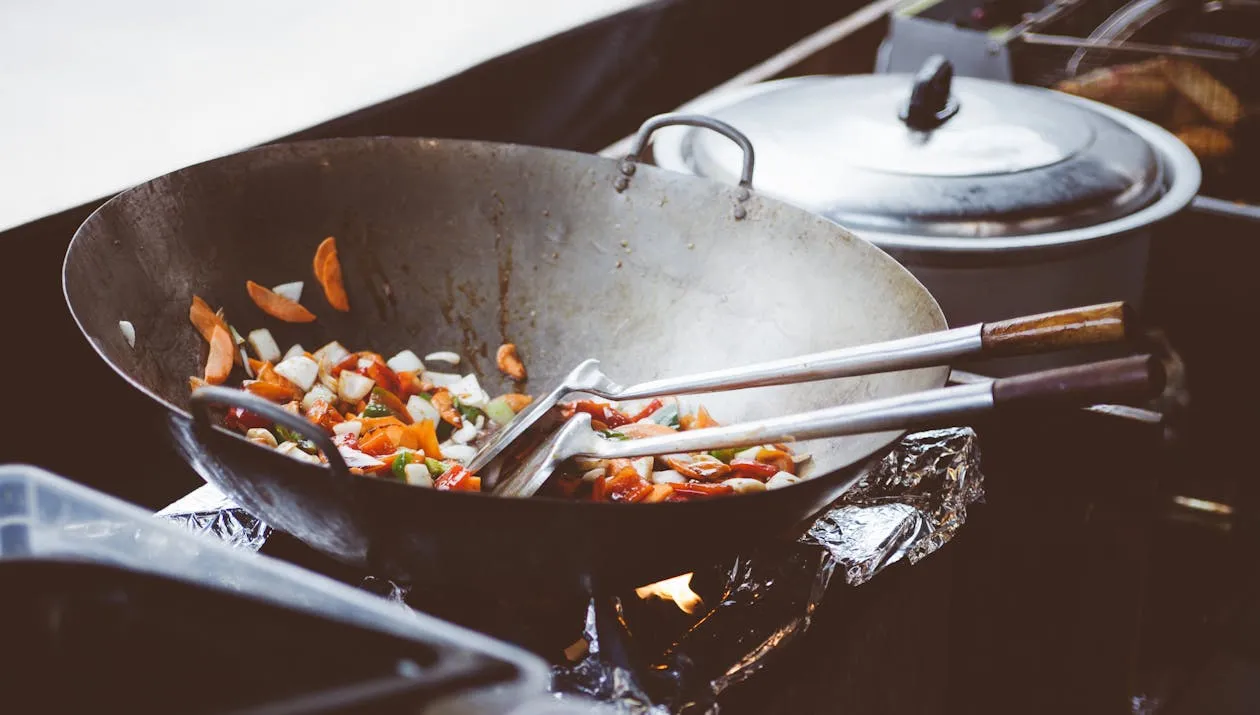 Clem Onojeghuo on Pexels
Clem Onojeghuo on Pexels
Stir-frying uses high heat to cook food quickly while maintaining crispness and color. It is best for cooking thinly cut ingredients on a heated wok or pan. Add sauces at the end for a quick, tasty dinner ideal for hectic nights.
8. Caramelizing for Sweet, Rich Notes
 Kelsey Todd on Pexels
Kelsey Todd on Pexels
Caramelizing brings out the natural sugars in ingredients, creating a deep, sweet-savory flavor. Onions, carrots, and even fruits like apples transform with this technique. A little patience over low heat leads to golden perfection.
9. Blanching for Vibrant Colors
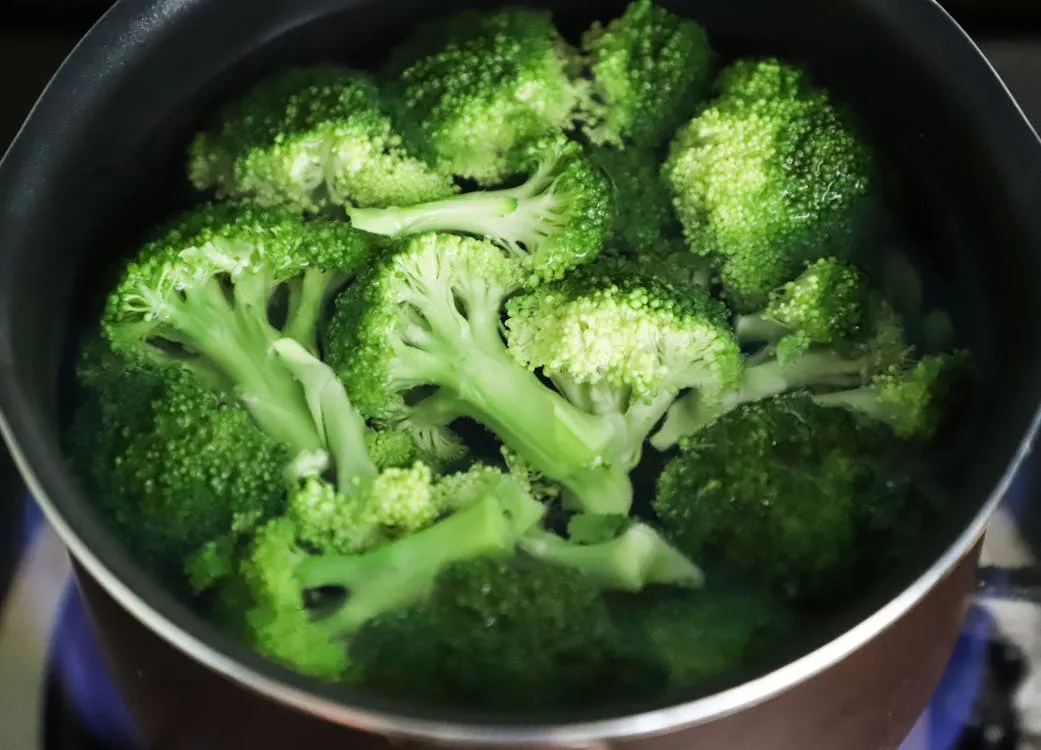 Cats Coming on Pexels
Cats Coming on Pexels
Blanching is the method of briefly boiling vegetables and then placing them in ice water. This prevents them from being cooked further, and the vegetables remain crisp and vibrant while preserving nutrients. You can blanch vegetables for sautés, salads, or freezing.
10. Smoking for Complex Layers
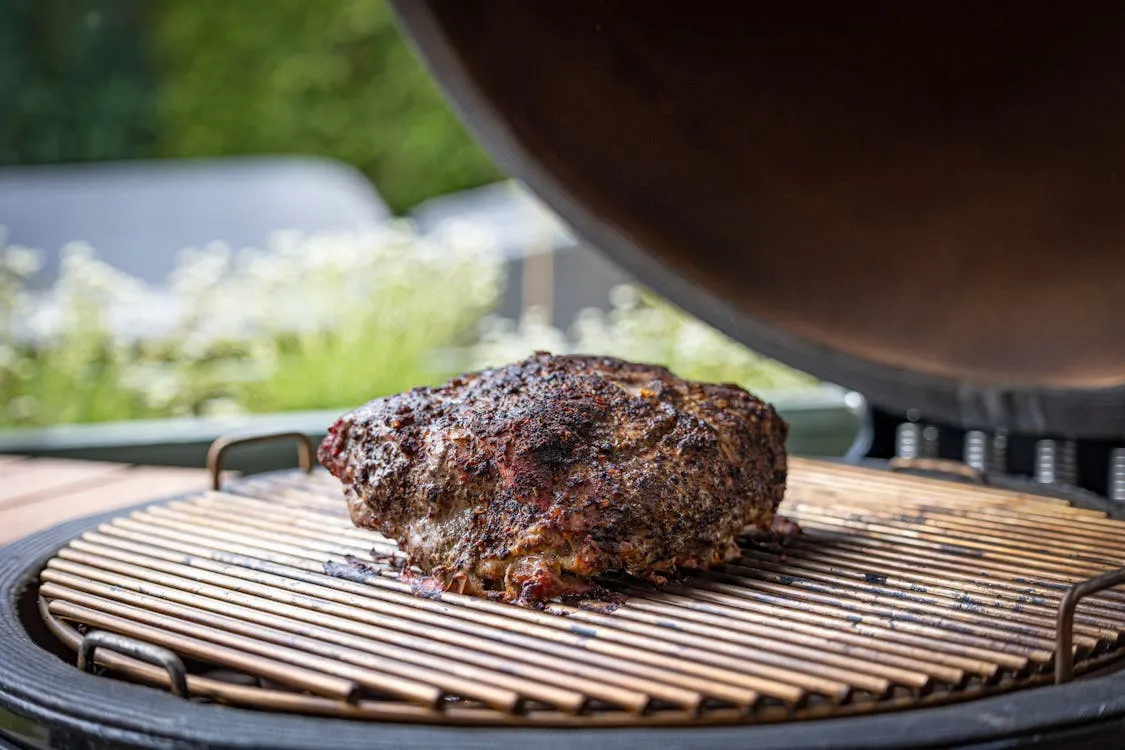 Rik Schots on Pexels
Rik Schots on Pexels
Smoking infuses food with a deep, woodsy aroma and flavor that cannot be copied. This method adds layers of complexity to meats, cheeses, and even vegetables. Experiment with different wood chips for smoking, such as hickory, applewood, or mesquite for unique flavors.
11. Deglazing for Savory Sauces
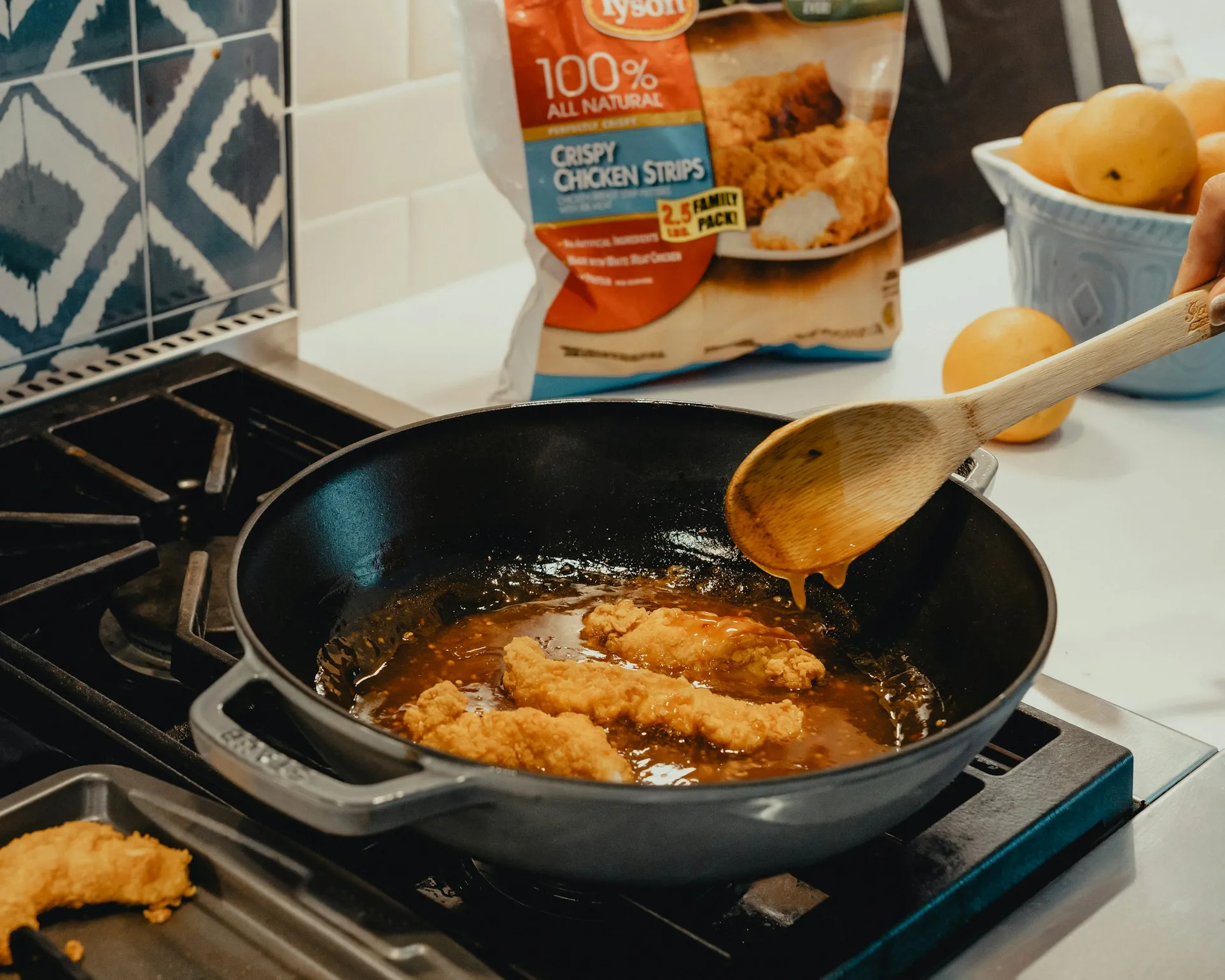 Tyson on Unsplash
Tyson on Unsplash
Deglazing uses liquid to lift flavorful bits from the bottom of a pan. Adding wine, stock, or vinegar creates an instant, savory sauce. This quick method elevates simple dishes with restaurant-quality finishes.
12. Steaming for Pure, Clean Flavors
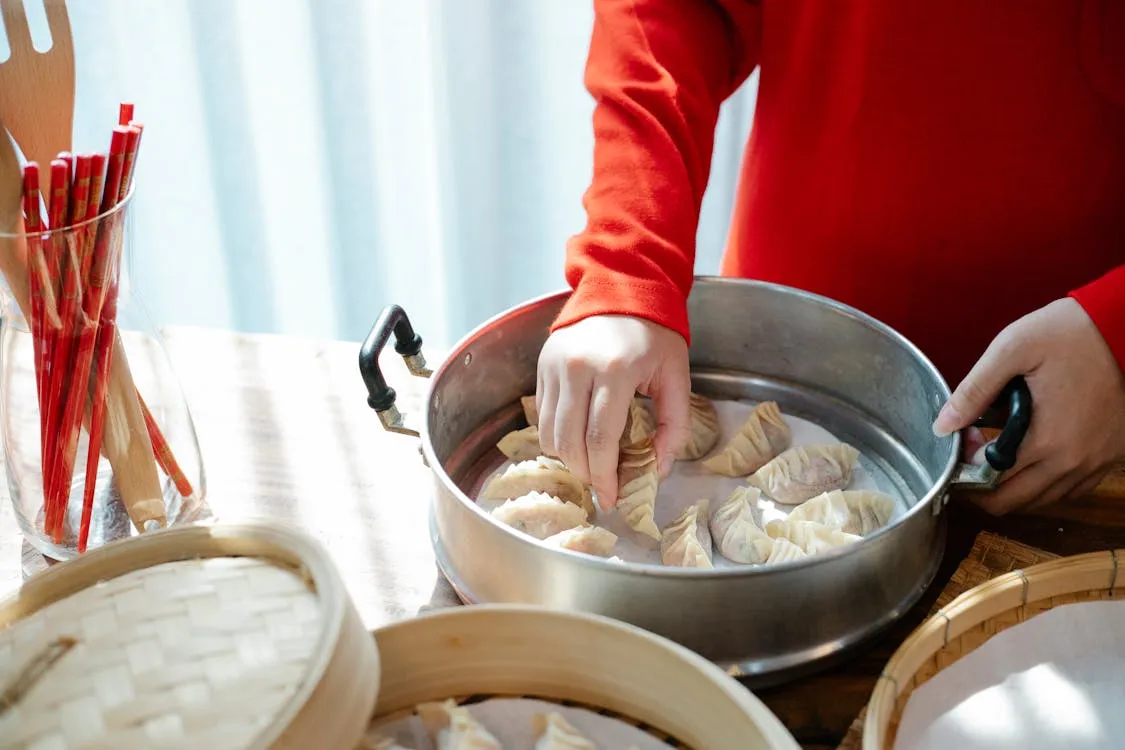 Angela Roma on Pexels
Angela Roma on Pexels
Steaming is a healthy method of cooking food. It gently retains nutrients and natural flavors. Perfect for fish, dumplings, and delicate vegetables, steaming enhances the flavor without overpowering. Adding aromatics like ginger or lemongrass to the steam can take dishes to the next level.
13. Fermenting for Bold, Tangy Flavors
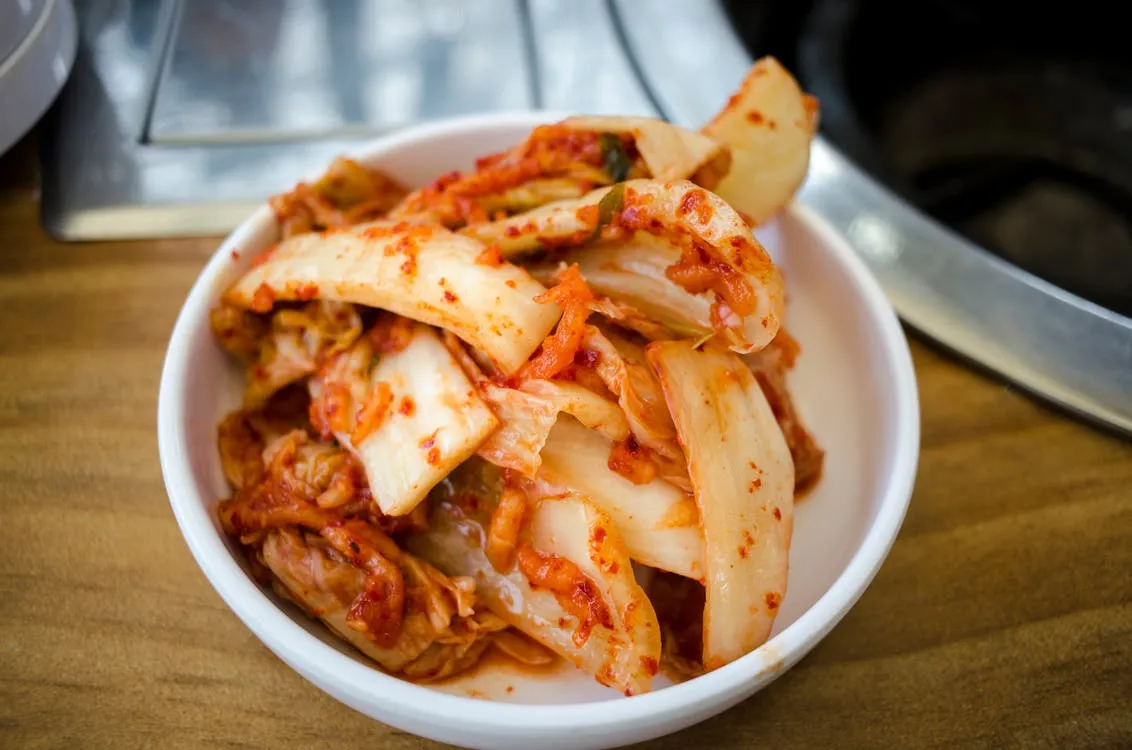 makafood on Pexels
makafood on Pexels
Fermentation is a natural process that develops bold and tangy flavors. It’s a time-intensive method, but the payoff is unmatched. Foods like kimchi, yogurt, and sourdough bread benefit from this ancient technique.